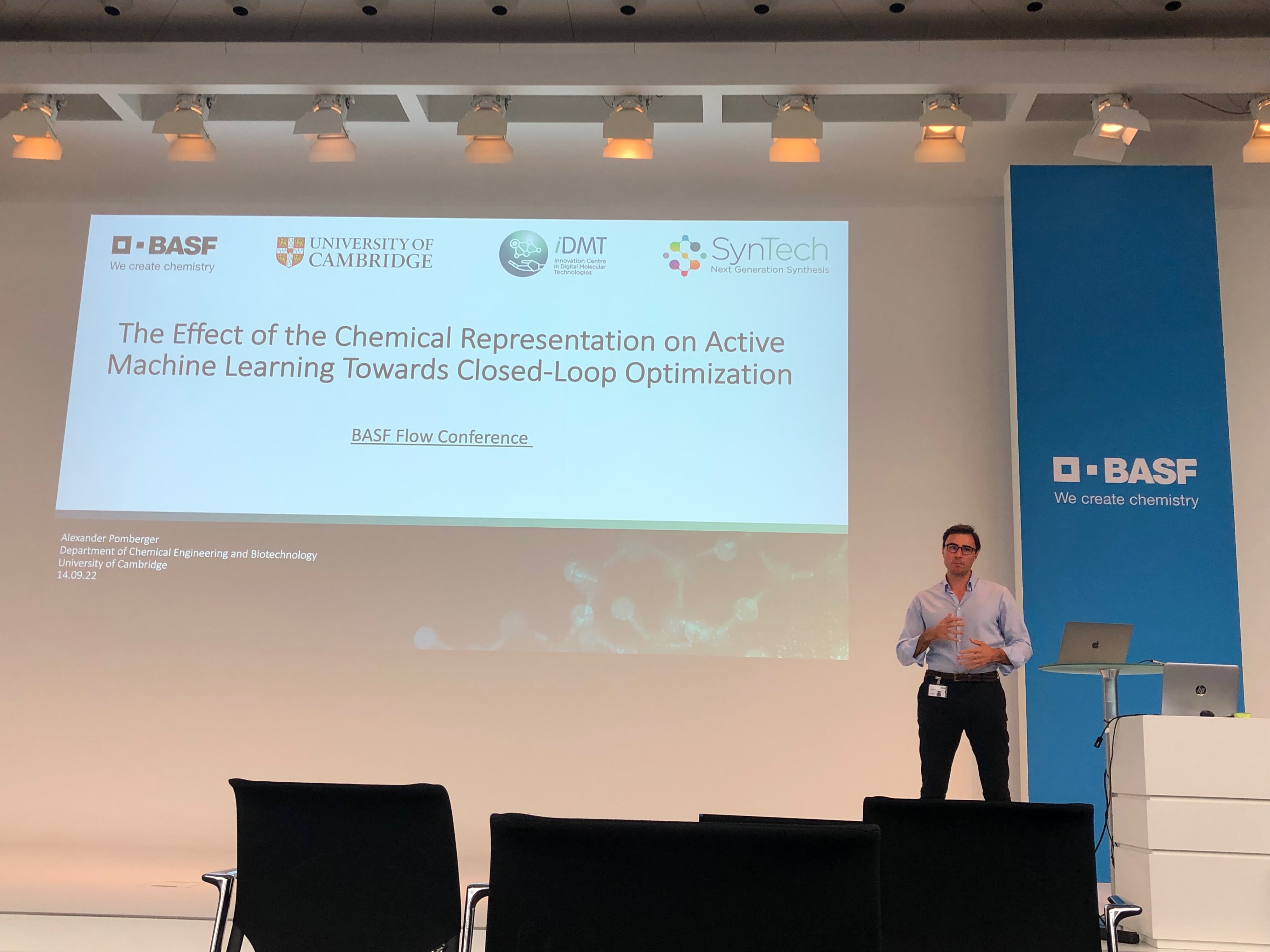
Some of the most powerful innovations happen when academic curiosity meets real-world urgency.

Some of the most powerful innovations happen when academic curiosity meets real-world urgency.
I still remember the shift in mindset I had as a student.
During my undergrad in pure chemistry, I was fully immersed in the fundamentals - spending hours drawing reaction mechanisms in organic chemistry and trying to deeply understand chemical reactivity. And I genuinely loved it.
But when I started my master’s, something changed.
I realized I had no idea what a chemical reactor actually looked like - or what it really takes to manufacture a drug at scale. That gap bothered me.
I began to feel this strong pull: What’s the point of all this knowledge if it doesn't help solve real-world problems?
That drive pushed me to seek out practical impact.
I ended up at MIT, where I actively pursued a collaboration with Novartis.
I wanted to get inspired by real-world challenges and quickly realized the immense value that academic–industry partnerships offer, for both sides.
It wasn’t just a line on my CV. It was a turning point.
For the first time, I saw how deep scientific expertise could directly contribute to solving real bottlenecks in drug manufacturing.
That same motivation shaped the next phase of my journey.
For my PhD, I deliberately chose a project co-supervised with BASF - again at the intersection of method development and industrial relevance.
It was never about choosing between academia and industry. It was about bridging them.
And that’s exactly what we’re doing now at ReactWise.
We started with a research question in academia - how to use AI to accelerate chemical process development.
And today, that work powers a commercial product used by R&D teams around the globe to design better experiments and unlock faster, more efficient manufacturing.
But we’re not stopping there.
We’re currently collaborating with five universities worldwide, working closely with PhDs and postdocs to keep our work grounded in strong science.
The best ideas often start in academia but they thrive through collaboration with those tackling practical challenges.
Having worked on both sides, I’ve seen how this pairing makes innovation not just faster, but smarter and capable of driving real change.
Let’s build more of those bridges.


